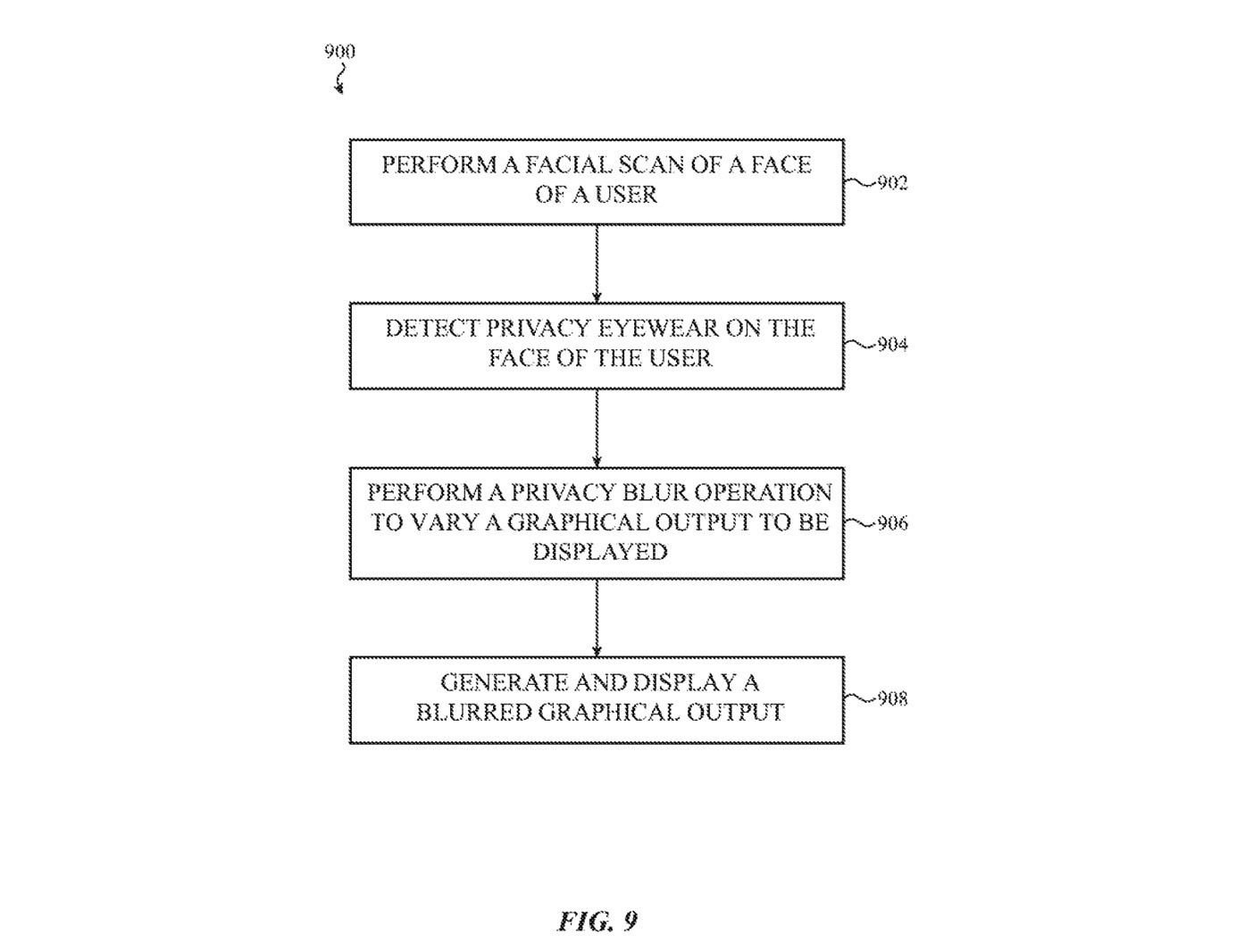Face ID is the most sophisticated biometrics authentication method available on smartphones and tablets. Introduced with the iPhone X in 2017, Face ID is available on all iPhone and iPad flagships. That means it’s on every iPhone except for the SE, and all the iPad Pros. Only a few of Apple’s rivals attempted to replicate the 3D face recognition system contained within the iPhone’s notch design. Huawei, LG, and Google are among those who tried to release real Face ID alternatives. Everyone else pursued in-display fingerprint sensors since 2017, while Apple kept working on Face ID.
In addition to improving the accuracy and speed of Face ID authentication, Apple is also working to make the TrueDepth camera smaller. Eventually, it will be placed beneath the OLED screen. But a recent discovery shows that Apple is already developing a brilliant iPhone and iPad Face ID feature that most users will come to appreciate. Passively, permanently authenticating the user plays a crucial role in the new tech.
Using Face ID to correct display output for eyesight issues
The USPTO recently published an Apple patent application filed in early May 2020. Found by Patently Apple, the document is titled Systems and Methods for Switching Vision Correction Graphical Outputs on a Display of an Electronic Device.
Apple explains in the application that it devised technology to let the iPhone or iPad Pro automatically provide a display experience that matches the eye conditions of the user. Such a feature would be incredibly helpful to all people who wear prescription glasses to correct various vision issues.
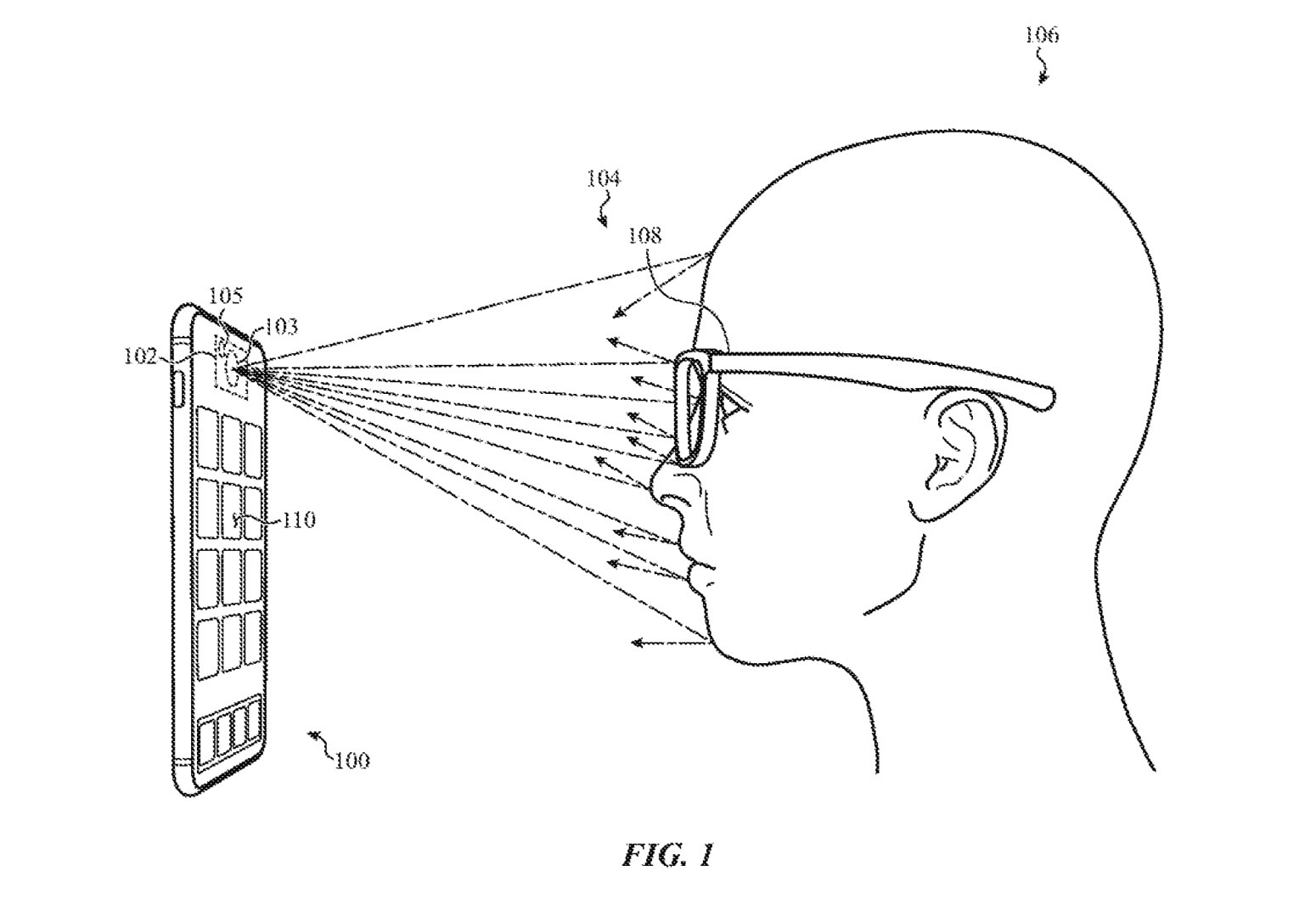
Face ID would play a crucial role in such a feature, performing scans that inform the iPhone whether the screen needs correction. This is the kind of feature based on passive, perpetual authentication. You won’t have to think about doing anything to fix the iPhone screen to match your vision. The iPhone will do it all automatically as you use the device.
Why the feature could be such a big deal
Apple notes in the application that a large percentage of people require prescription glasses or contact lenses to see clearly. A person with nearsighted vision (myopia) might have trouble seeing objects at a distance. A person with farsighted vision (hyperopia) will not see nearby objects clearly. Other, more complex eyesight issues also exist. As a result, a person might have to take off or put them on to use an iPhone, depending on their vision.
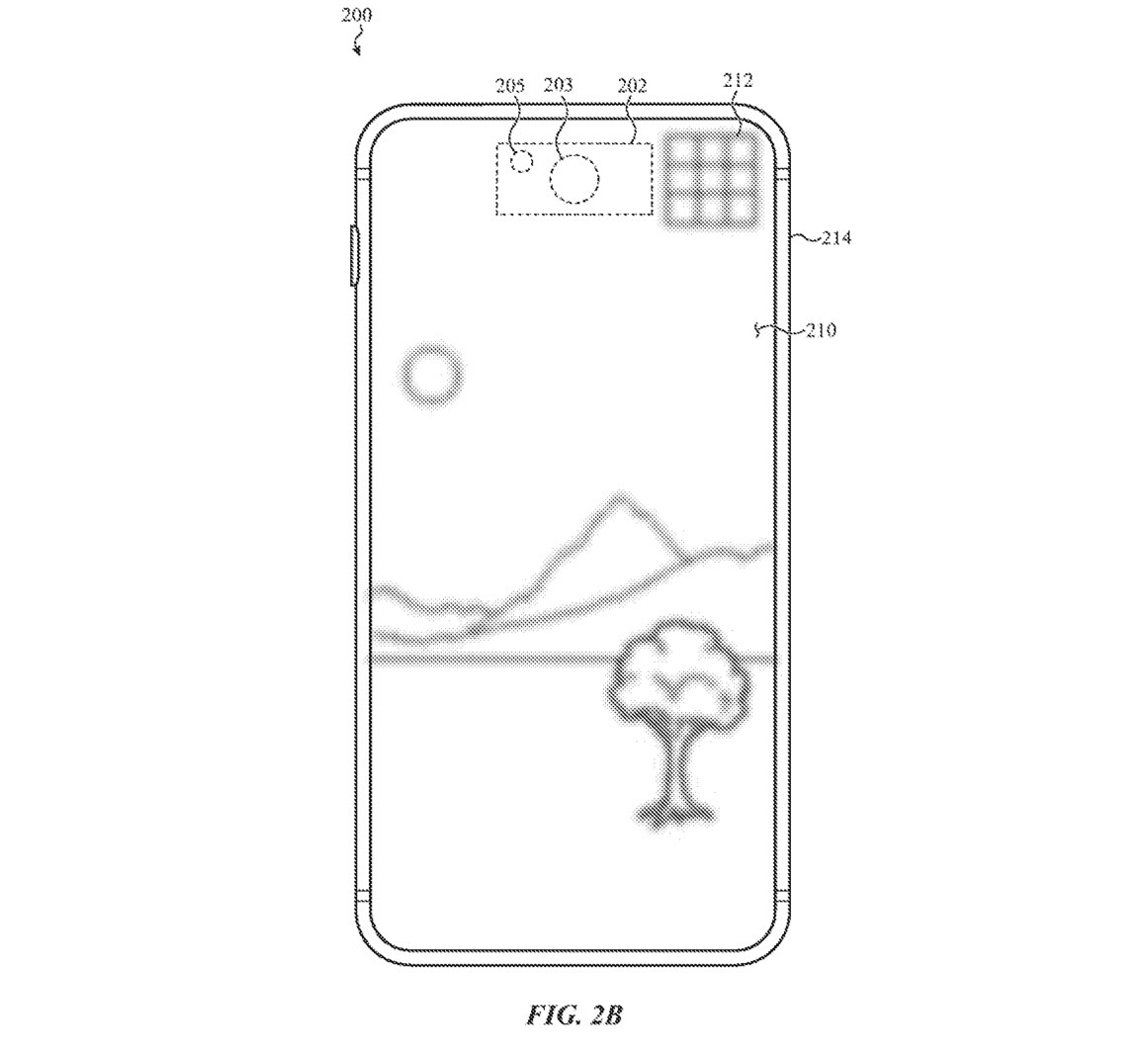
Apple’s invention would reduce the need to mess with eyewear. You would be able to keep wearing the glasses at all times while the iPhone screen adjusts to them. Moreover, the Face ID feature would also tell the iPhone that you might have forgotten your glasses, and the screen will automatically correct itself so you can see clearly.
As always with patents, there’s no guarantee that Apple will pursue this innovation. But Face ID functionality like this might give Apple a massive competitive advantage over everyone else in the industry. Again, Android vendors do not have 3D face recognition tech inside their devices.
How the new iPhone feature would work
Apple explains in the patent that Face ID can scan and save different profiles for the same user. For example, you might wear prescription glasses during some of those scans and remove them in others. The iPhone would see the similarities between scans and remember that it’s the same person logging in.
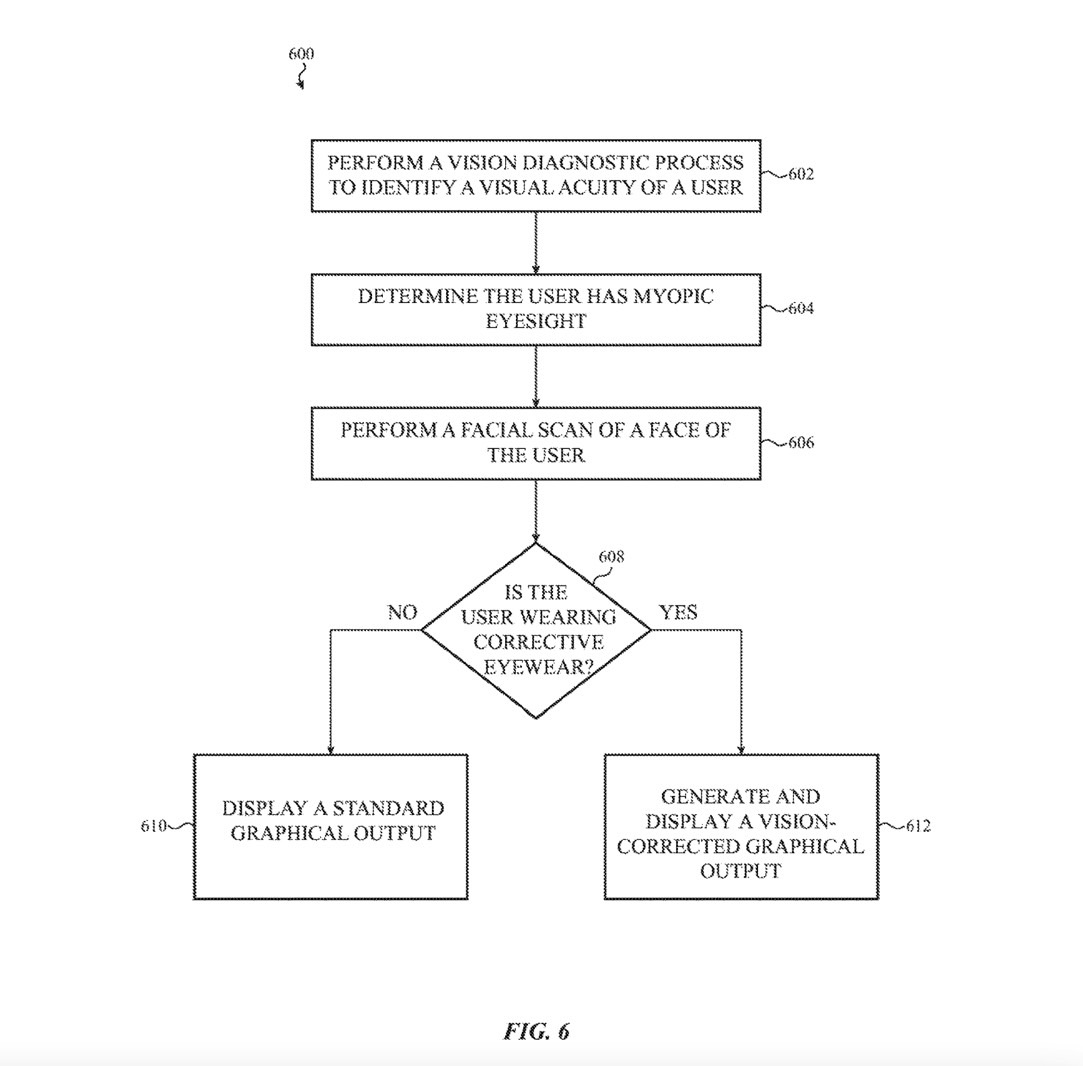
Separately, the user could input their eyesight issues and the prescription of their corrective glasses. Or they could check their visual acuity using a test that would come preloaded on the phone.
The iPhone would recognize when you’re wearing glasses and adapt the screen experience. It might display the content on the screen in a certain way if you’re wearing glasses. Take the glasses off, and the screen would change. This way, the content on the screen would be clear whether or not you wear your corrective lenses.

iPhone might automatically detect vision issues
Even more impressive is a different Face ID capability that Apple details in the patent application. Face ID might detect eyestrain associated with an eye condition and correct the screen experience accordingly, on the fly.
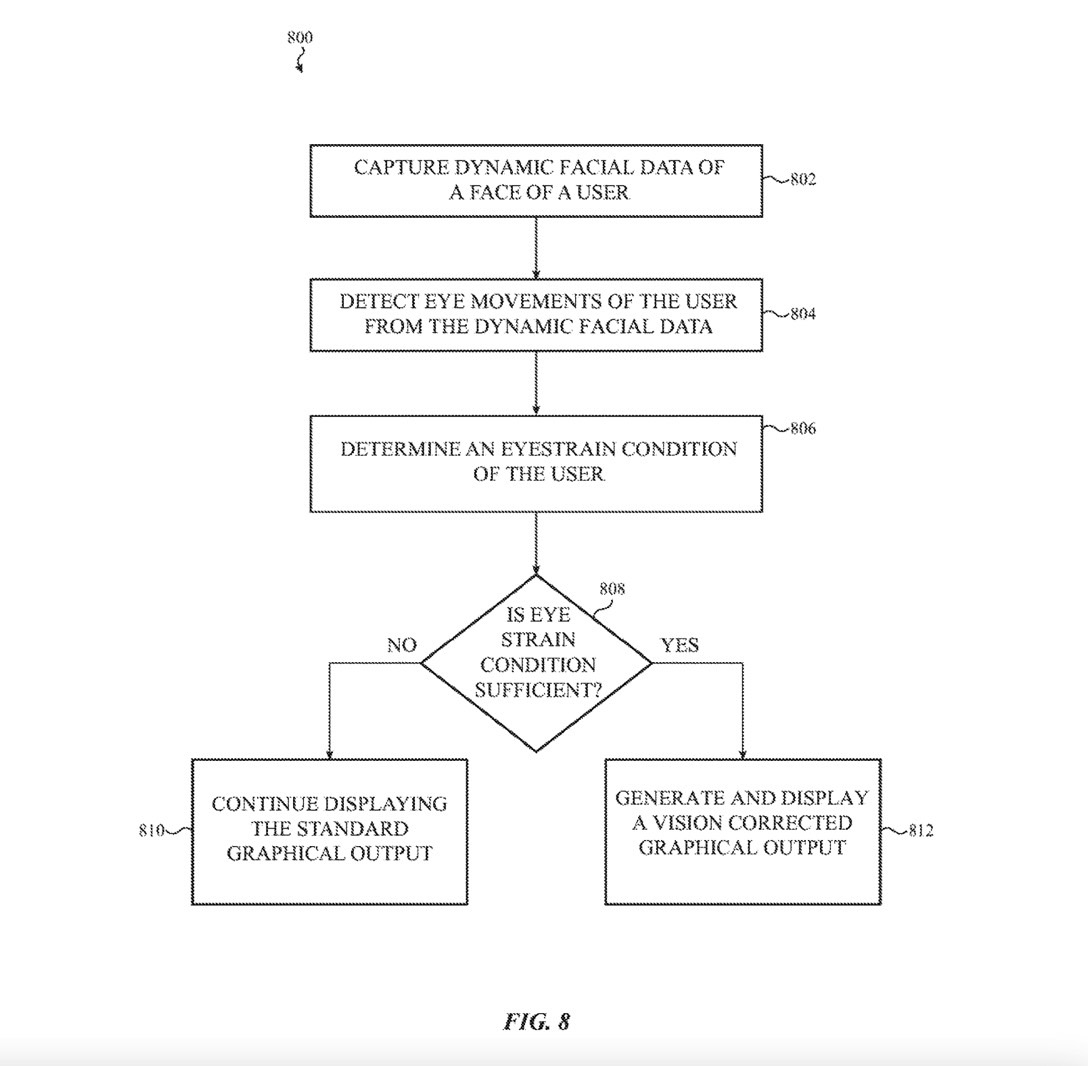
Using Face ID to improve user privacy
A side effect of that sort of screen behavior is that the iPhone might automatically improve your privacy. You might associate a certain pair of glasses with a higher privacy level in settings. Face ID will recognize the glasses and automatically apply the screen settings that match them. Only you, the wearer, would be able to see the content on the screen. To those around you, the screen would seem blurry.
That said, the privacy feature only works if you’re wearing prescription glasses. Face ID needs to associate a vision impairment with the privacy setting to blur the screen for the people around you. Another obvious caveat is that anyone in your vicinity suffering from a similar vision impairment would still see the content on iPhone or iPad Pro screen.
